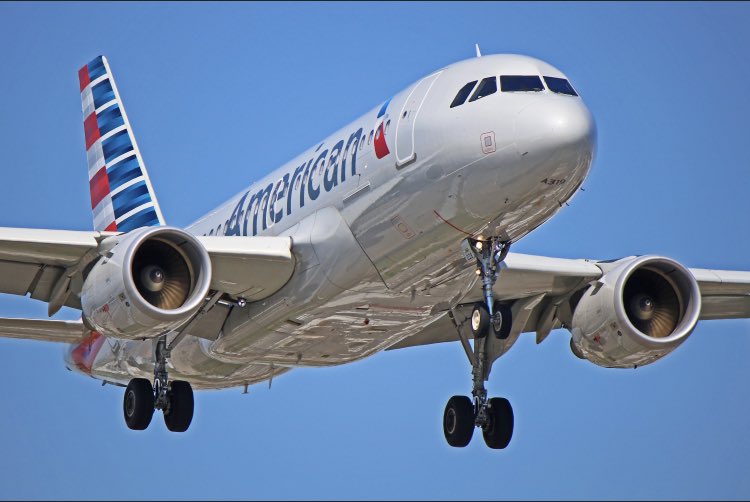Upon boarding an American Airlines aircraft bound for Florida, a passenger named Kevin Greenidge suffered a cardiac arrest and passed away in 2022.
Who was Kevin Greenidge?
Kevin Greenidge, a 14-year-old boy, fell into cardiac arrest on an American Airlines flight and was unable to be revived when a doctor attempted to use a defibrillator on board. According to a lawsuit brought by Kevin’s mother, the defibrillator was defective, and American Airlines is to blame.
The lawsuit claims that American Airlines’ alleged negligence “caused, permitted, and/or hastened the untimely death of” Greenidge by failing to “ensure that the automatic external defibrillator and its mobile battery pack were fully and properly charged.”
Also Read | ShaCarri Richardson kicked off American Airlines flight after argument with attendant ‘John’: Watch video
Greenidge was on a trip to New York with his uncle when he became ill, according to Thomas Giuffra, a partner at the law firm Rheingold Giuffra Ruffo & Plotkin and the attorney defending Arzu. His family had just returned from a holiday.
An American Airlines spokesperson said the company was looking into the specifics of the case in a statement to Insider. The company expressed its “thoughts and prayers” to Greenidge and his loved ones.
Also Read | Delta flight 1943 narrowly misses hitting American Airlines plane at JFK airport after air traffic confusion
Since 2004, all passenger aircraft are required by law to have defibrillators, and in 1997, American Airlines became the first US commercial airline to install defibrillators on its aircraft and teach its flight attendants to use them. According to the Federal Aviation Administration, they are regarded as “no-go” items, which means that if they are missing or “inoperative,” the aircraft shouldn’t be dispatched.
According to the research, 15% of those who suffered a cardiac arrest on a plane lived long enough to be discharged. The national average for survival after a cardiac arrest outside of a hospital is less than 11%, and the research clearly ties the higher rate on planes to the presence of a defibrillator.







